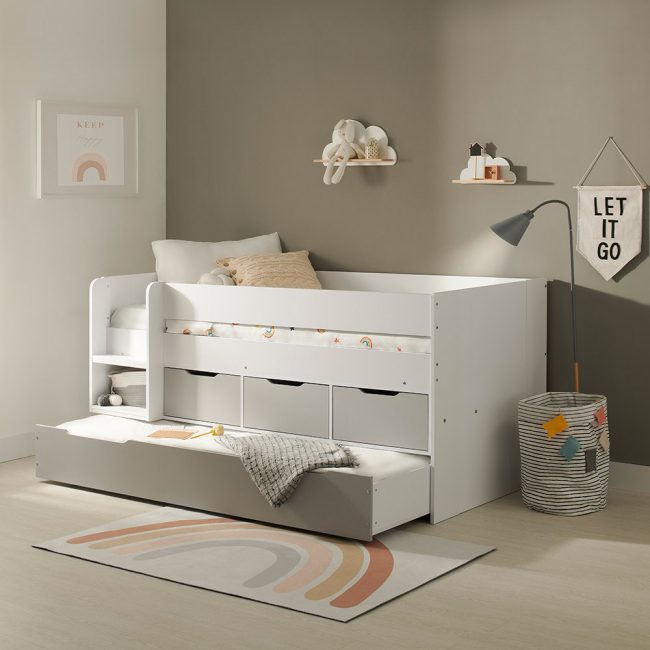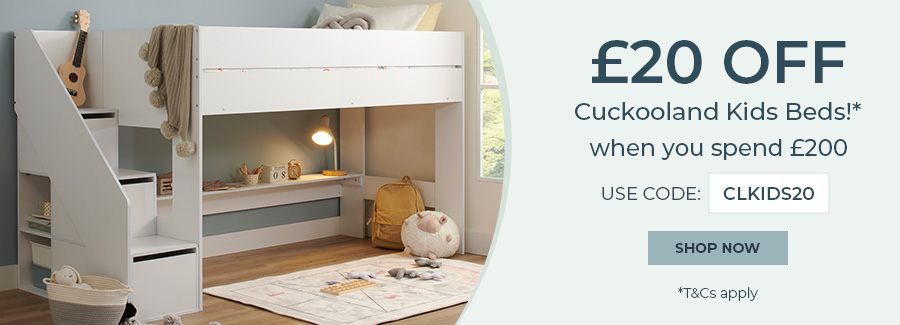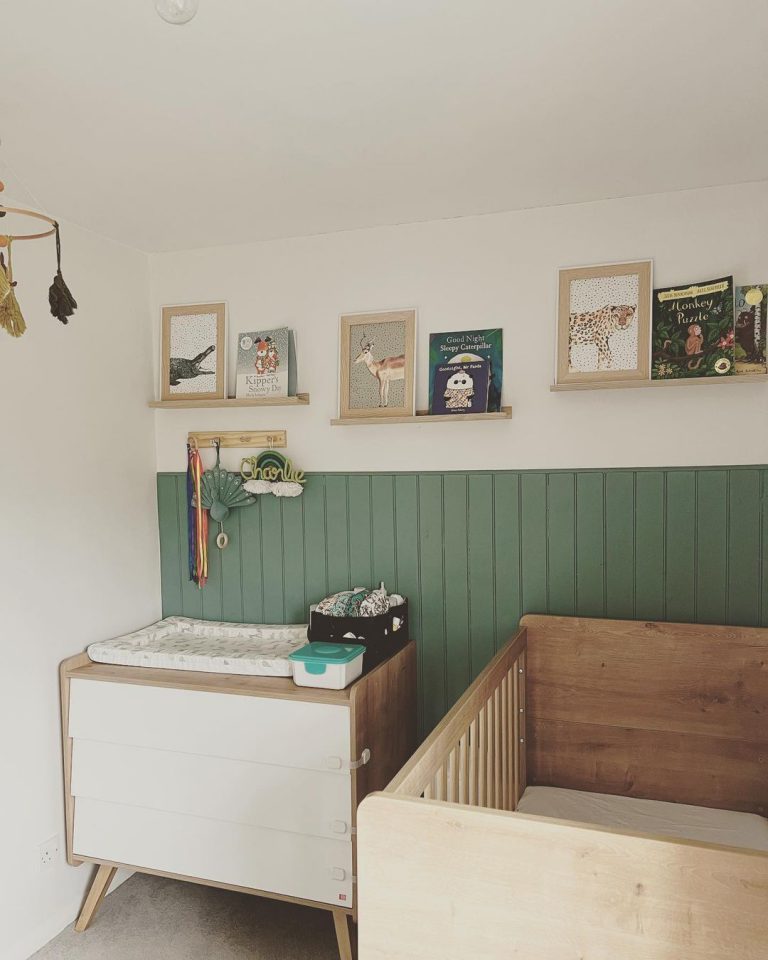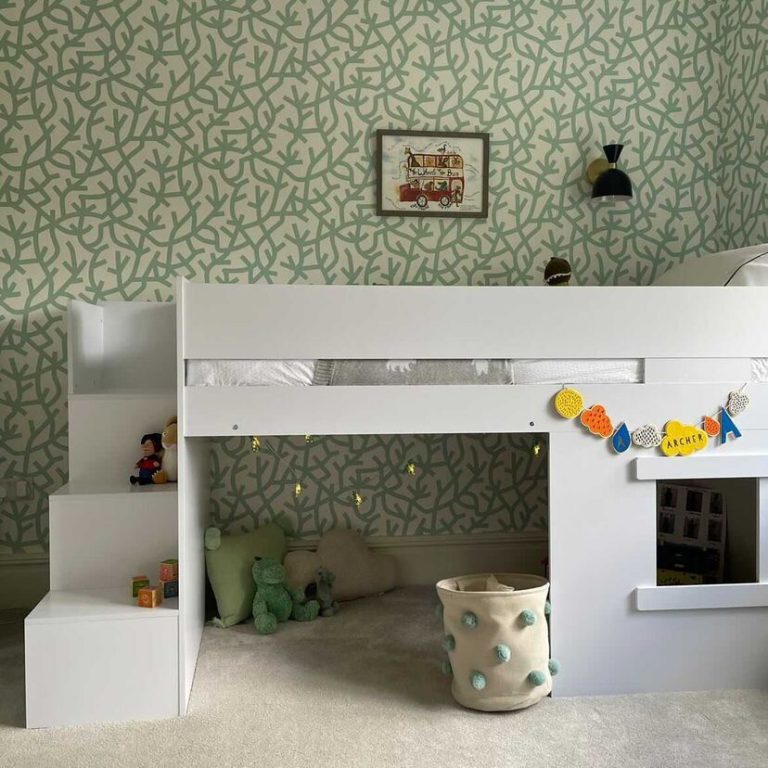Sleepover Tips for Kids Who Wet the Bed
Kids wetting the bed is normal – it’s most common in toddlers but also affects half a million children between the ages of 5 and 16, with between 1 – 2% of teenagers regularly wetting the bed.
There are several common causes, from stress to constipation to sleeping so deeply that they don’t wake up when they need to go. Expert advice on how to help with and treat bedwetting can be found from ERIC.
However, knowing that it’s completely normal and can be treated doesn’t stop kids from feeling anxious or embarrassed. Sleepovers, especially, can be a difficult situation to navigate if your little one doesn’t want anyone else to know about their bedwetting.
We know how difficult it is to see your child in distress, so if they’re going on a trip or staying at a friend or family member’s house and worried about keeping their bedwetting private, here are our top tips for helping them feel as happy and confident as they deserve to be!
Top Sleepover Tips for Kids
1. If your child is happy with it, have a private word with the family member or friend’s parent to make them aware of the situation. They can then make arrangements to help, such as reminding your child to go to the toilet, assisting them in the morning, and ensuring there’s a waterproof mattress protector on their children’s bed. Our Cotton Fresh Waterproof Mattress Protector is a comfortable and practical choice.
They will also be able to offer your child comfort and support in your absence, and you can reassure your child that there will be an adult there to help them if they need it.
2. If they’re taking a sleeping bag, use a waterproof sleeping bag liner to stop the sleeping bag from getting wet in the event of an accident. This will also help your child to keep the bedwetting private.
3. If your little one is wearing pull-ups at night, place one in the bottom of their sleeping bag so they can put it on at bedtime without their friends noticing.
4. Further to the above, place a plastic carrier bag in your child’s sleeping bag so they can easily put their used pull-up or wet pyjamas into it in the morning.
5. Give your child a spare pair of pyjamas to change into in the morning if needed. Ideally, make these identical to the first pair so their friends won’t notice the change. These could also be placed in their sleeping bag for ease.
6. If your child isn’t taking a sleeping bag, you could give them these supplies in a pillowcase or just their overnight bag, making sure they’re easily accessible in case they’re needed.
7. If they want to, you could give your child a silent (vibrating) alarm so they can wake up earlier than their friends and deal with any wet clothing or sleeping stuff before the others get up.
8. Encourage your child to drink plenty of water during the day but stop approximately two hours before bedtime. Remind them to go to the toilet immediately before bed, so they have the best possible chance of not needing to go during the night.
9. Give your little one a water bottle that they can keep next to their bed so that if anyone notices wet patches on their bedding or clothing and they need an excuse, they can say they spilled water on themselves.
10. If your child wants to attend the sleepover but not stay overnight, offer to pick them up right before bed so they don’t miss any of the fun.
11. If they want to stay but are still worried, consider speaking to your GP about getting them some medication to reduce the hormone that is responsible for making urine for the night of the sleepover. Your doctor will be able to advise if this is appropriate for your child.
Top Tips for Sleepover Hosts
1. If your child wets the bed but wants a sleepover, hosting it yourself is a great way to ensure you’re there to help your child if they need it.
2. When you send out invites to a sleepover, ask the parents to let you know if their child isn’t dry at night so you can be prepared. Check if you need to wake the child in the night to use the toilet.
3. If their parents have advised, ensure any young kids that need them put on their pull-ups when they change into their pyjamas.
4. Make sure all the children on the sleepover know where the toilet is and that they use it right before bed.
5. Keep a landing or bedside light on so kids can easily locate the toilet during the night. Leave the door of the bathroom open so they can see where to go.
6. If your kids have bunk beds, ensure the child who might not stay dry sleeps on the bottom bunk, for easier access.
7. Use a waterproof protector to protect your kid’s mattress and have spare pyjamas and bedding on hand to replace any wet sheets if required.
8. Let the kids know where to find you if they need help during the night. If an accident happens, reassure them that it’s not a big deal. We’ve all been there!
Have We Helped Put Your Mind at Ease?
We know bedwetting can be an anxiety-inducing subject for parents and children, but hopefully, these sleepover tips will help you both feel better about the prospect of a night away from home. At Cuckooland, we love to chat about all things kid’s beds and sleep. If you have any questions, call us on +44 (0) 1305 231231 or email customerservice@cuckooland.com.







